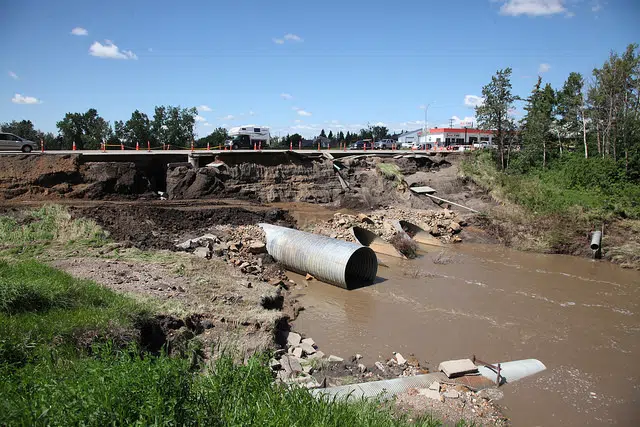
Northeastern B.C. residents gather at town halls to learn about financial help
DAWSON CREEK, B.C. — Residents of two flood-ravaged communities in northeastern British Columbia will gather to learn how to apply for disaster financial assistance.
A town hall will be held at the local sports arena in Dawson Creek Monday night, and people in Chetwynd, about 100 kilometres west of there, will meet on Tuesday.
Financial assistance is available to homeowners, residential tenants, small business owners, farmers, charitable organizations and local government bodies that could not get insurance to cover disaster-related losses.
Brad Sperling, vice-chairman of the Peace River Regional District, said each community will also open a centre where residents can get help filling out applications and be referred to other services.


